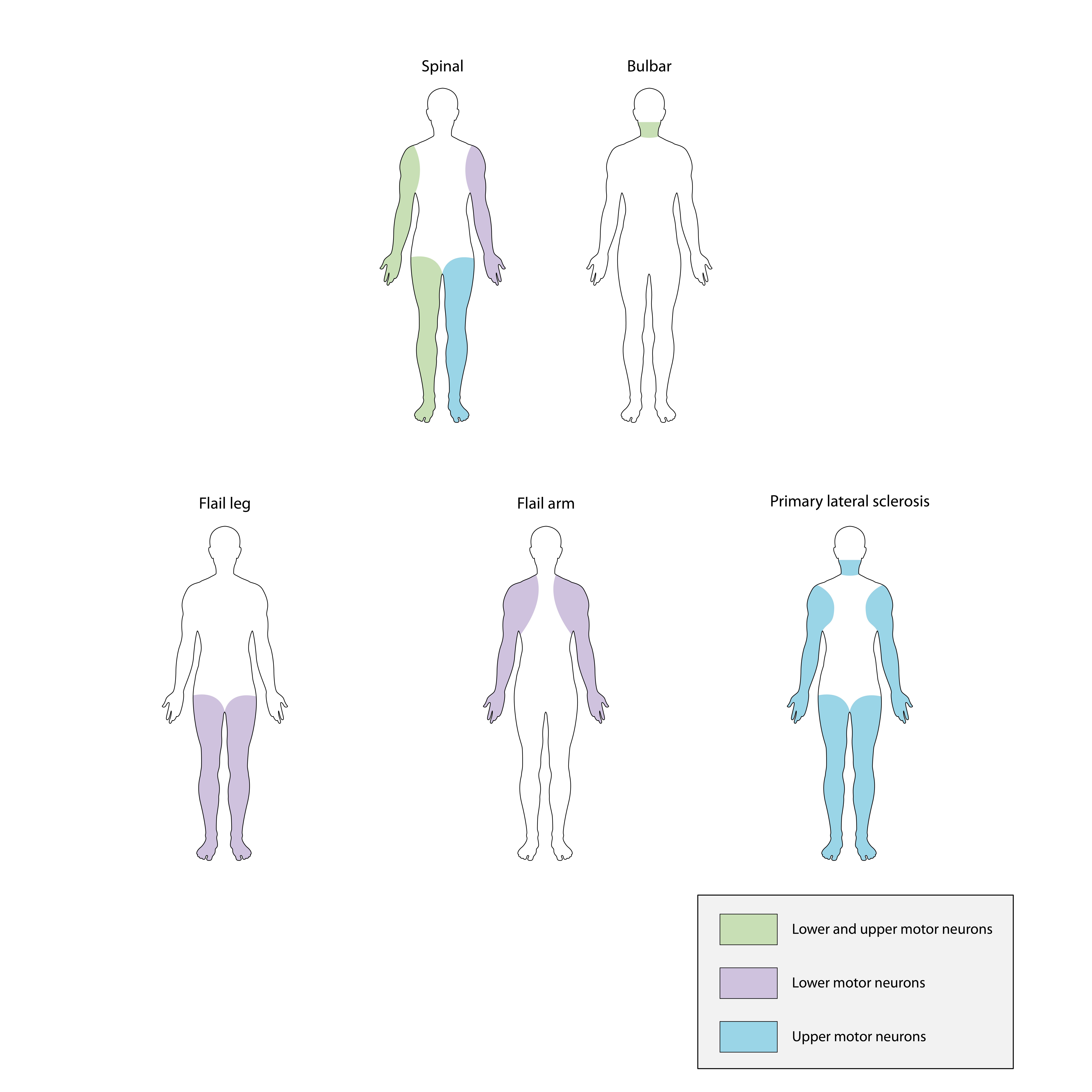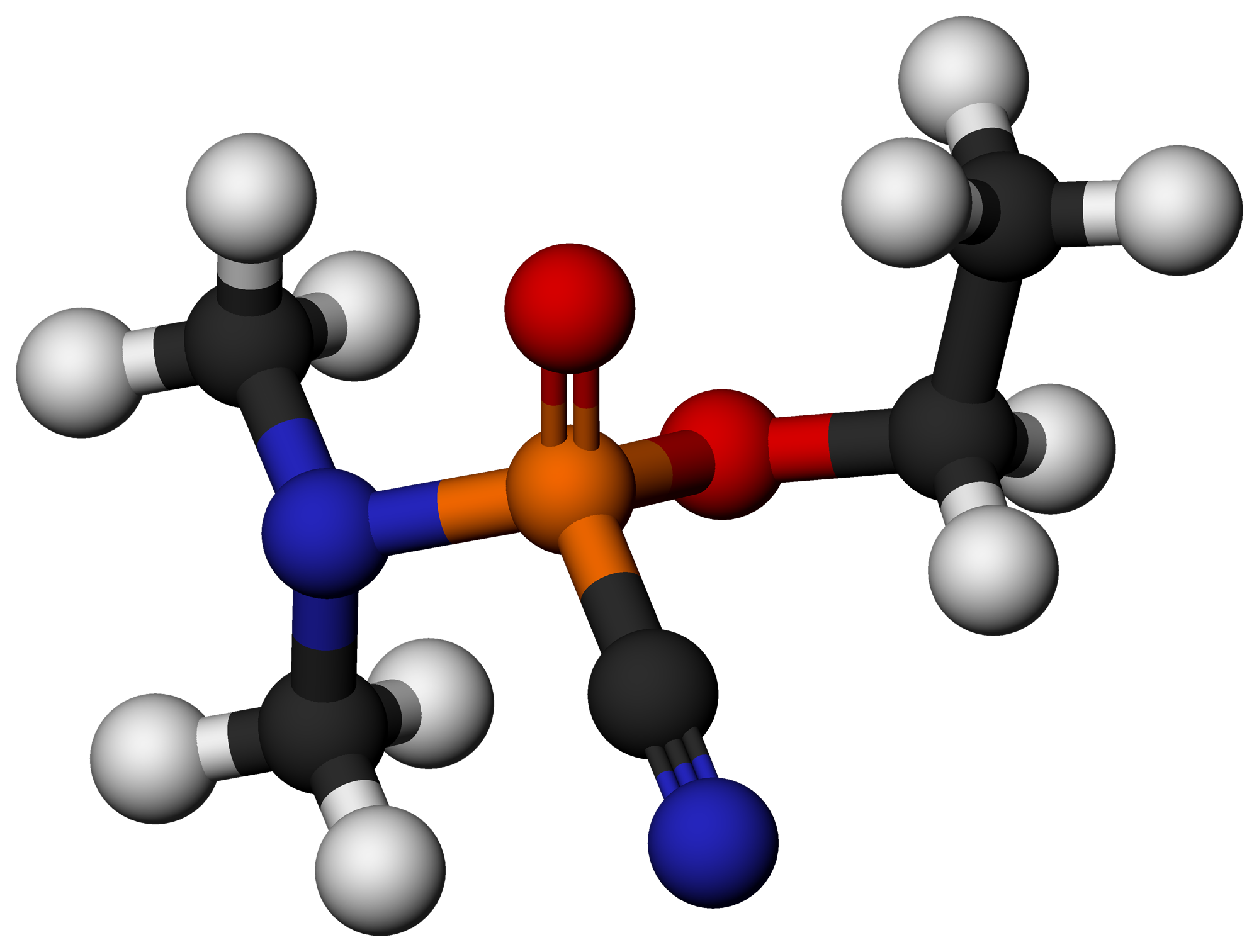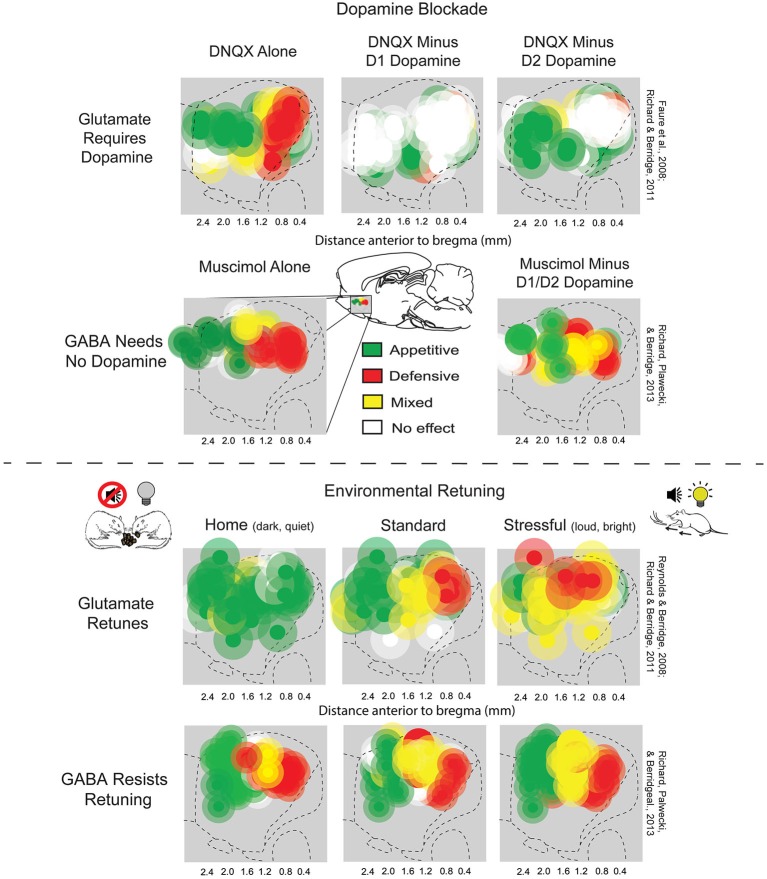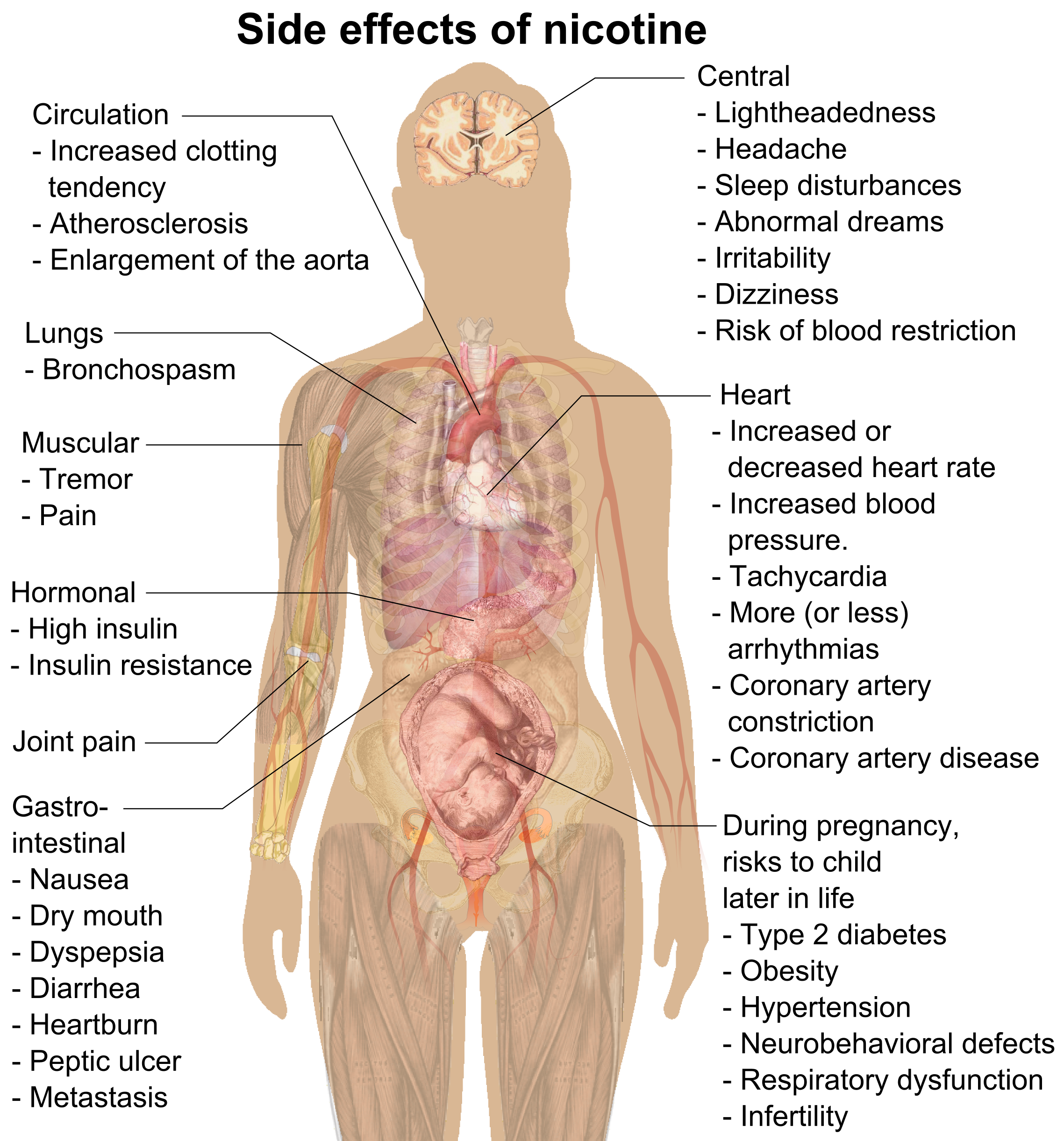|
EAAT2
Excitatory amino acid transporter 2 (EAAT2) also known as solute carrier family 1 member 2 (SLC1A2) and glutamate transporter 1 (GLT-1) is a protein that in humans is encoded by the ''SLC1A2'' gene. Alternatively spliced transcript variants of this gene have been described, but their full-length nature is not known. Function SLC1A2 / EAAT2 is a member of a family of the solute carrier family of proteins. The membrane-bound protein is the principal transporter that clears the excitatory neurotransmitter glutamate from the extracellular space at synapses in the central nervous system. Glutamate clearance is necessary for proper synaptic activation and to prevent neuronal damage from excessive activation of glutamate receptors. EAAT2 is responsible for over 90% of glutamate reuptake within the brain. Clinical significance Mutations in and decreased expression of this protein are associated with amyotrophic lateral sclerosis (ALS). The drug riluzole approved for the treatment o ... [...More Info...] [...Related Items...] OR: [Wikipedia] [Google] [Baidu] [Amazon] |
Glutamate Transporter
Glutamate transporters are a family of neurotransmitter transporter proteins that move glutamate – the principal excitatory neurotransmitter – across a membrane. The family of glutamate transporters is composed of two primary subclasses: the excitatory amino acid transporter (EAAT) family and vesicular glutamate transporter (VGLUT) family. In the brain, EAATs remove glutamate from the synaptic cleft and extrasynaptic sites via glutamate reuptake into glial cells and neurons, while VGLUTs move glutamate from the cell cytoplasm into synaptic vesicles. Glutamate transporters also transport aspartate and are present in virtually all peripheral tissues, including the heart, liver, Testicle, testes, and bone. They exhibit stereoselectivity for L-glutamate but transport both L-aspartate and D-aspartate. The EAATs are membrane-bound secondary transporters that superficially resemble ion channels. These transporters play the important role of regulating concentrations of glutamate in the ... [...More Info...] [...Related Items...] OR: [Wikipedia] [Google] [Baidu] [Amazon] |
WAY-213,613
WAY-213,613 is a drug which acts as a reuptake inhibitor for the glutamate transporter subtype EAAT2, selective over other glutamate transporter subtypes and highly selective over metabotropic and ionotropic glutamate receptor Glutamate receptors are synaptic and non synaptic receptors located primarily on the membranes of neuronal and glial cells. Glutamate (the conjugate base of glutamic acid) is abundant in the human body, but particularly in the nervous system ...s. It is used in scientific research into the function of the glutamate transporters. References Alpha-Amino acids Amino acid derivatives Excitatory amino acid reuptake inhibitors Bromoarenes Fluoroarenes {{nervous-system-drug-stub ... [...More Info...] [...Related Items...] OR: [Wikipedia] [Google] [Baidu] [Amazon] |
Amyotrophic Lateral Sclerosis
Amyotrophic lateral sclerosis (ALS), also known as motor neuron disease (MND) or—in the United States—Lou Gehrig's disease (LGD), is a rare, Terminal illness, terminal neurodegenerative disease, neurodegenerative disorder that results in the progressive loss of both upper and lower motor neurons that normally control Skeletal muscle, voluntary muscle contraction. ALS is the most common form of the motor neuron diseases. ALS often presents in its early stages with gradual muscle Spasticity, stiffness, Fasciculation, twitches, Muscle weakness, weakness, and Muscle atrophy, wasting. Motor neuron loss typically continues until the abilities to eat, speak, move, and, lastly, breathe are all lost. While only 15% of people with ALS also fully develop frontotemporal dementia, an estimated 50% face at least some minor difficulties with cognitive disorder, thinking and behavior. Depending on which of the aforementioned symptoms develops first, ALS is classified as ''limb-onset'' (b ... [...More Info...] [...Related Items...] OR: [Wikipedia] [Google] [Baidu] [Amazon] |
Ceftriaxone
Ceftriaxone, sold under the brand name Rocephin, is a third-generation cephalosporin antibiotic used for the treatment of a number of bacterial infections. These include middle ear infections, endocarditis, meningitis, pneumonia, bone and joint infections, intra-abdominal infections, skin infections, urinary tract infections, gonorrhea, and pelvic inflammatory disease. It is also sometimes used before surgery and following a bite wound to try to prevent infection. Ceftriaxone can be given by injection into a vein or into a muscle. Common side effects include pain at the site of injection and allergic reactions. Other possible side effects include ''C. difficile''-associated diarrhea, hemolytic anemia, gall bladder disease, and seizures. It is not recommended in those who have had anaphylaxis to penicillin but may be used in those who have had milder reactions. The intravenous form should not be given with intravenous calcium. There is tentative evidence that ceftriaxone ... [...More Info...] [...Related Items...] OR: [Wikipedia] [Google] [Baidu] [Amazon] |
Drug Cues
Cue reactivity is a type of learned response which is observed in individuals with an addiction and involves significant physiological and psychological reactions to presentations of drug-related stimuli (i.e., ''drug cues''). The central tenet of cue reactivity is that cues previously predicting receipt of drug reward under certain conditions can evoke stimulus associated responses such as urges to use drugs. In other words, learned cues can signal drug reward, in that cues previously associated with drug use can elicit cue-reactivity such as arousal, anticipation, and changes in behavioral motivation. Responses to a drug cue can be physiological (e.g., sweating, salivation, brain activity), behavioral (e.g., drug seeking), or symbolic expressive (e.g., craving). The clinical utility of cue reactivity is based on the conceptualization that drug cues elicit craving which is a critical factor in the maintenance and relapse to drug use. Additionally, cue reactivity allows for the ... [...More Info...] [...Related Items...] OR: [Wikipedia] [Google] [Baidu] [Amazon] |
N-acetylcysteine
''N''-acetylcysteine, also known as Acetylcysteine and NAC, is a mucolytics that is used to treat paracetamol (acetaminophen) overdose and to loosen thick mucus in individuals with chronic bronchopulmonary disorders, such as pneumonia and bronchitis. It has been used to treat lactobezoar in infants. It can be taken intravenously, orally (swallowed by mouth), or inhaled as a mist by use of a nebulizer. It is also sometimes used as a dietary supplement. Common side effects include nausea and vomiting when taken orally. The skin may occasionally become red and itchy with any route of administration. A non-immune type of anaphylaxis may also occur. It appears to be safe in pregnancy. For paracetamol overdose, it works by increasing the level of glutathione, an antioxidant that can neutralize the toxic breakdown products of paracetamol. When inhaled, it acts as a mucolytic by decreasing the thickness of mucus. Acetylcysteine was initially patented in 1960 and came into me ... [...More Info...] [...Related Items...] OR: [Wikipedia] [Google] [Baidu] [Amazon] |
Relapse
In internal medicine, relapse or recidivism is a recurrence of a past (typically medical) condition. For example, multiple sclerosis and malaria often exhibit peaks of activity and sometimes very long periods of dormancy, followed by relapse or recrudescence. In psychiatry, relapse or reinstatement of drug-seeking behavior, is the recurrence of pathological drug use, self harm or other symptoms after a period of recovery. Relapse is often observed in individuals who have developed a drug addiction or a form of drug dependence, as well as those who have a mental disorder. Risk factors Dopamine D2 receptor availability The availability of the dopamine receptor D2 plays a role in self-administration and the reinforcing effects of cocaine and other stimulants. The D2 receptor availability has an inverse relationship to the vulnerability of reinforcing effects of the drug. With the D2 receptors becoming limited, the user becomes more susceptible to the reinforcing effects of coc ... [...More Info...] [...Related Items...] OR: [Wikipedia] [Google] [Baidu] [Amazon] |
Nerve Agent
Nerve agents, sometimes also called nerve gases, are a class of organic chemistry, organic chemicals that disrupt the mechanisms by which nerves transfer messages to organs. The disruption is caused by the blocking of acetylcholinesterase (AChE), an enzyme that catalyzes the breakdown of acetylcholine, a neurotransmitter. Nerve agents are irreversible acetylcholinesterase inhibitors used as poison. Poisoning by a nerve agent leads to constriction of pupils, profuse salivation, convulsions, and involuntary urination and defecation, with the first symptoms appearing in seconds after exposure. Death by asphyxiation or cardiac arrest may follow in minutes due to the loss of the body's control over Respiration (physiology), respiratory and other muscles. Some nerve agents are readily vaporized or aerosolized, and the primary portal of entry into the body is the respiratory system. Nervous agents can also be absorbed through the skin, requiring that those likely to be subjected to su ... [...More Info...] [...Related Items...] OR: [Wikipedia] [Google] [Baidu] [Amazon] |
Nucleus Accumbens
The nucleus accumbens (NAc or NAcc; also known as the accumbens nucleus, or formerly as the ''nucleus accumbens septi'', Latin for ' nucleus adjacent to the septum') is a region in the basal forebrain rostral to the preoptic area of the hypothalamus. The nucleus accumbens and the olfactory tubercle collectively form the ventral striatum. The ventral striatum and dorsal striatum collectively form the striatum, which is the main component of the basal ganglia. The dopaminergic neurons of the mesolimbic pathway project onto the GABAergic medium spiny neurons of the nucleus accumbens and olfactory tubercle. Each cerebral hemisphere has its own nucleus accumbens, which can be divided into two structures: the nucleus accumbens core and the nucleus accumbens shell. These substructures have different morphology and functions. Different NAcc subregions (core vs shell) and neuron subpopulations within each region ( D1-type vs D2-type medium spiny neurons) are responsible fo ... [...More Info...] [...Related Items...] OR: [Wikipedia] [Google] [Baidu] [Amazon] |
Nicotine
Nicotine is a natural product, naturally produced alkaloid in the nightshade family of plants (most predominantly in tobacco and ''Duboisia hopwoodii'') and is widely used recreational drug use, recreationally as a stimulant and anxiolytic. As a pharmaceutical drug, it is used for smoking cessation to relieve drug withdrawal, withdrawal symptoms. Nicotine acts as a receptor agonist at most nicotinic acetylcholine receptors (nAChRs), except at two nicotinic receptor subunits (nAChRα9 and nAChRα10) where it acts as a receptor antagonist. Nicotine constitutes approximately 0.6–3.0% of the dry weight of tobacco. Nicotine is also present at Parts-per notation, ppb concentrations in edible plants in the family Solanaceae, including potatoes, tomatoes, and eggplants, though sources disagree on whether this has any biological significance to human consumers. It functions as an plant defense against herbivory, antiherbivore toxin; consequently, nicotine was widely used as an insecti ... [...More Info...] [...Related Items...] OR: [Wikipedia] [Google] [Baidu] [Amazon] |
Alcohol (drug)
Alcohol, sometimes referred to by the chemical name ethanol, is the active ingredient in alcoholic drinks such as beer, wine, and distilled spirits (hard liquor). Alcohol is a central nervous system (CNS) depressant, decreasing Action potential, electrical activity of neurons in the brain, which causes the characteristic effects of alcohol intoxication ("drunkenness"). Among other effects, alcohol produces euphoria, anxiolytic, decreased anxiety, increased sociability, sedation, and impairment of cognitive, memory, motor control, motor, and sense, sensory function. Alcohol has a variety of adverse effects. Short-term effects of alcohol consumption, Short-term adverse effects include generalized impairment of neurocognitive function, dizziness, nausea, vomiting, and symptoms of hangover. Alcohol is addiction, addictive and can result in alcohol use disorder, Substance dependence, dependence, and Alcohol withdrawal syndrome, withdrawal upon cessation. The long-term effects of ... [...More Info...] [...Related Items...] OR: [Wikipedia] [Google] [Baidu] [Amazon] |





